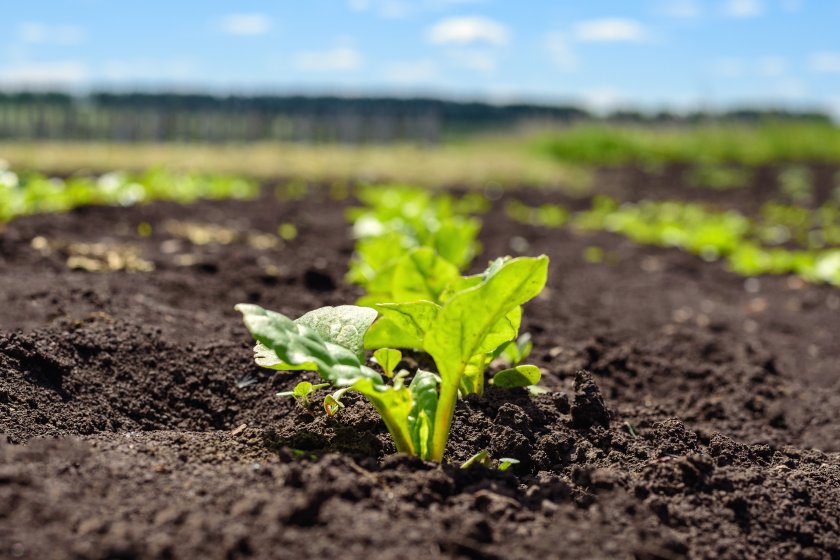
Defra has confirmed this year's yellows virus incidence to be 83%, giving the green light for growers to use a neonic pesticide on the 2024 sugar beet crop.
The government has received an independent prediction of virus incidence for this year, which shows that the incidence level of yellows virus, which is spread by aphids, is 83%.
This means that British Sugar will treat sugar beet seed with Syngenta’s Cruiser SB and distribute it to the growers who have ordered it for use on this year’s sugar beet crop.
In 2020, 25% of the national sugar beet crop was lost to yellows virus, costing £67 million of total economic loss across the industry.
Use of Cruiser SB is permitted as part of an emergency authorisation if levels of the aphid-borne viruses are predicted by an independent model to exceed a particular threshold, which is currently 65% or more.
If this threshold is not met, use of the product is not be permitted. This year’s threshold for use is the highest level the government has ever set.
Incidence of yellows virus for 2024 has well exceeded this threshold, but further conditions have been applied to minimise the risk to the environment.
This includes restrictions on the crops which farmers can plant in subsequent years in any field where treated seed has been used.
They must also comply with the stewardship scheme to treat and use seed correctly and to monitor the level of neonicotinoids in the environment.
Defra's Farming Minister Mark Spencer said that use of Cruiser SB would be strictly controlled.
"We recognise the damaging impact that an outbreak of beet yellow virus could have on farmer livelihoods," he added.
"We therefore regard issuing an emergency authorisation as a necessary and proportionate measure.
"This decision is based on robust scientific assessment and the risks have been evaluated very carefully."
